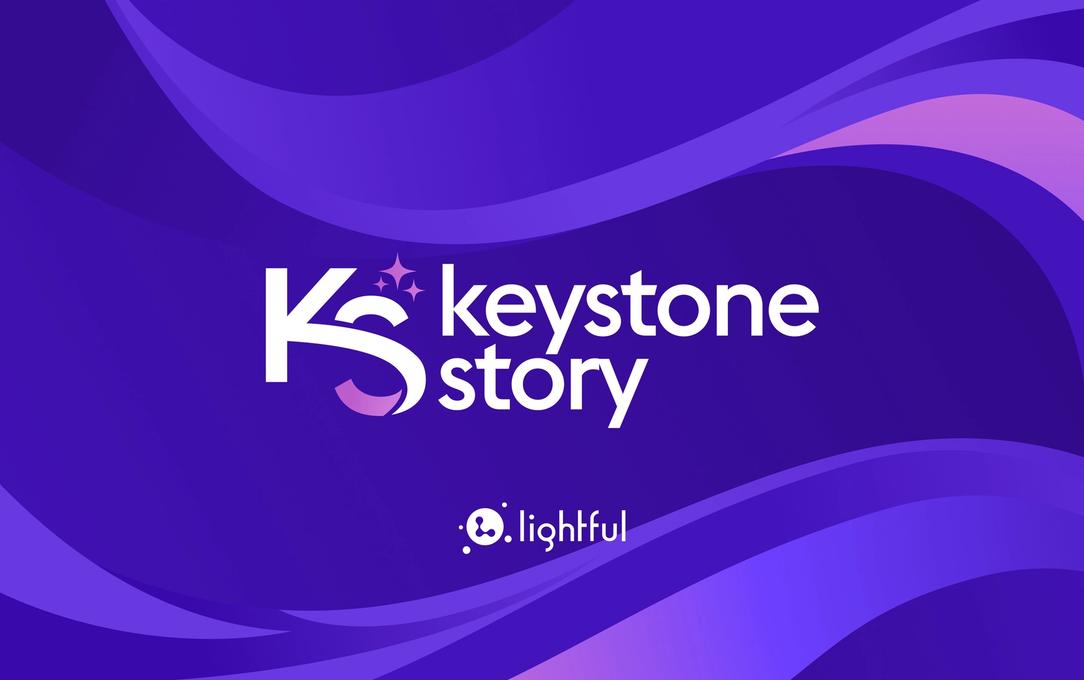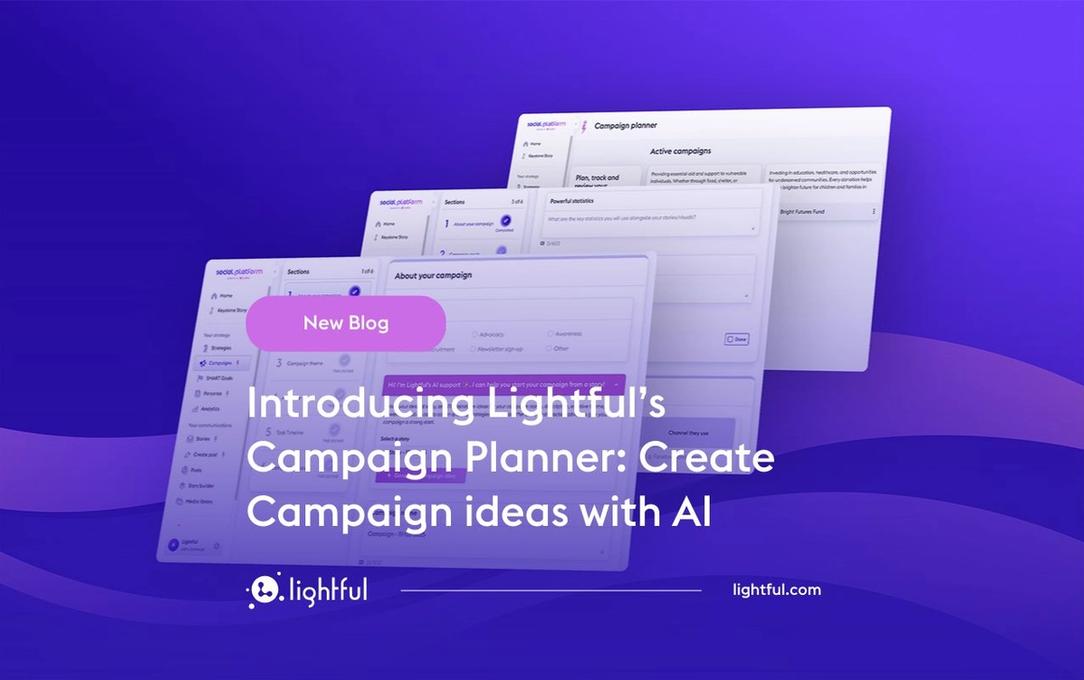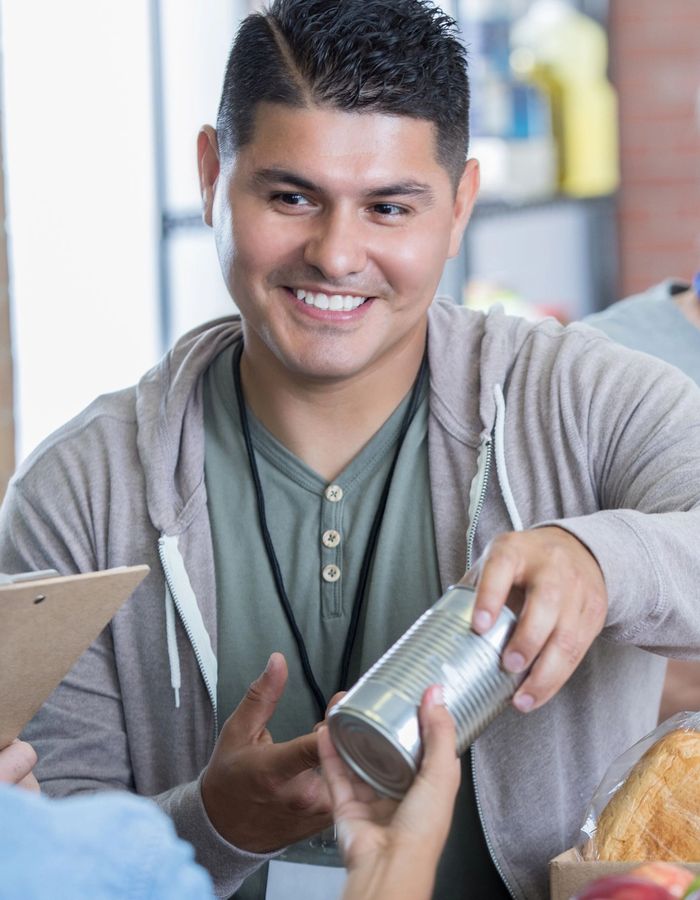What the breakneck speed of AI means for Philanthropy

A few years ago, the Tour de France had a time trial stage in London. I wasn’t a massive cycling fan, but this was a rare opportunity to watch the world’s most famous cycling race in the flesh, and so I joined the thousands of other people lining the pavements to watch. After waiting an age, and before we saw it, we heard the surprisingly deafening rumble of the peloton. And then, in seconds, it was gone.
The bikes, the power and the noise were surprisingly overwhelming for such a fleeting experience. But almost as soon as it had started, I had to slowly trudge home, and without the help of a bike worth tens of thousands of dollars to speed up the journey.
In a similar way, the world of philanthropy can feel a little like a spectator to the AI race. Everyone’s talking about it, we’re desperately trying to understand what it all means, but by the time we get to grips with the latest news, something else new is already racing around the corner. Rest assured, it is not just the philanthropic sector feeling this way, even the technology sector itself is struggling to keep up with the pace. Here’s a quote from a recent newsletter from analyst Benedict Evans:
Pretty much everyone in tech thinks that generative AI is, at a minimum, a once-in-a-decade generational shift and probably more than that. But it’s all so new and developing so much faster than any other comparable ‘new thing’ that everyone is still trying to work out what questions to ask, never mind what the answers might be.
Note that the specific AI technology we’re talking about is generative AI - AI tools that generate content like words, images or audio. There are two important reasons these tools are proliferating and having such an impact. 1) the technology behind them has improved rapidly, so they are now ready for mass use and 2) integrating with that technology requires no specialist AI skills, and so any competent software developer can easily use AI technology.
So to follow on from Benedict Evan’s point, what are the right questions to ask about AI from a philanthropic perspective?
Have you tried using the tools?
Well, the first question is about whether you have a basic understanding of what the AI revolution entails…. are you curious enough to try using it yourself? Given the low cost, or no cost, of these tools for the end user, there really is no barrier, or substitute, for giving them a go. Reading about them is great (we love blog readers here 🙂) but it is the experience of using them that hits home, and brings to mind the famous Arthur C. Clarke quote: “Any sufficiently advanced technology is indistinguishable from magic”.
We’d recommend playing around with some of these tools:
Image generation:
- Midjourney - not currently supporting a free trial, but most impressive
- DALL-E
- Adobe Firefly
The image was created with Adobe Firefly (look closely to see the flaws)
Audio composition
- Beatbot fm - a fun proof of concept
- Beatoven - good for audio background for podcasts/videos
Content creation
- ChatGPT
- Bing AI
- Google bard
- Gamma - create amazing-looking presentations
Video production
- NVidia demo - shows the potential capabilities
- HeyGen - not free to use
- Invideo
Have you thought about how you could use them?
Generative AI tools offer new possibilities and ways of working. Could you make your team meetings more efficient by getting AI to automatically transcribe your calls and then summarise them? Can you run that newsletter draft through ChatGPT for an extra pair of eyes looking for typos before you hit send?
Within the context of the operational problems you’re trying to solve, think about how these new tools could help you solve them on a daily basis. Even if it is just saving time on some mundane tasks to free up resources to spend on more valuable activities. It doesn’t need to be about totally revolutionising your organisation, small tweaks could offer great efficiency gains.
Once you have thought of some ideas, prioritise those that are easiest to test and give them a go!
Have you considered the negative aspects of generative AI tools?
Now I’ve got you all enthusiastic about how AI can help you and your teams work smarter and save time, we have to also open our eyes to the dark side of AI… One of the most common criticisms of AI tools relates to how they were trained, and what data they were trained on. If an AI was trained on a biased data set, then its results will be biased. For most large AI models, we don’t know exactly what content they were trained on, and so their level and types of biases are unknown. If your philanthropy relates to marginalised or traditionally underrepresented groups, this is particularly concerning given that, by their very nature, they are unlikely to be well-represented in any AI’s training model.
The company that created OpenAI, wanted to make an open AI that could benefit humanity, but even they don’t share exactly what their large language model was trained on. They have shared their approach to AI safety, but there is also no shortage of news articles about the dangers of AI and how many jobs it will replace.
Ultimately, you need to weigh up the pros and cons for your individual organisation and decide if the ends justify the means, much like our past advice on the ethical dilemmas of social media for the nonprofit.
Are you trying to keep up to date?
This is the million-dollar question and one that no one really has the answer to. The pace and scale of change make this pretty much impossible to do unless it’s your full time job. We would suggest reading up on key milestones, like Google and Microsoft’s latest updates (that have come just this week!), and keeping your eye on AI stories in mainstream media. You don’t need to know about all of the latest prototypes and hot new startups.
The main thing is to acknowledge that generative AI is ‘a thing’ and think about the implications of this in how you work. Burying your head in the sand is not a good idea, as change is coming whether we like it or not, and if you fail to plan, you plan to fail.
What’s important is to critically judge whether and how AI can support your philanthropic endeavours. That’s only possible if you learn and understand its capabilities.
For AI specifically, quite a lot of the announcements of new products and news happen on Twitter. We recommend you follow some of these accounts
- Greg Brockman, president and co-founder of OpenAI (makers of ChatGPT)
- Aakash Gupta, a product growth an AI expert
- Robert Scoble, long term tech innovator and blogger
- Yann LeCun, Chief AI scientist at Meta
- Rowan Cheung, writer of therundown AI newsletter
- Nathan Lands, generative AI enthusiast
Most importantly - don’t panic!
Returning to the Tour de France analogy, it’s ok to hang out at the back of the peloton and not concern yourself with winning the le maillot jaune - the yellow jersey - in the AI race. If anything, the most appropriate metaphor is to be like the broom wagon, who ‘sweeps up’ the cyclists at the back of the race and encourages them to continue, or gives them a lift if they can’t continue. To put it another way, it’s not the winning but the taking part that counts.
Like so many of the technological advances of recent years - the growth of social media and mobile browsing - the nonprofit sector is an observer rather than a participant in those changes. But that doesn’t mean those changes don’t affect us, far from it. It is vital to scan the horizon and see what is coming, and plan for how you’ll need to adapt and change. You don’t need to be an expert, but by staying curious and trying different tools out, you’ll soon discover the best approach for your organisation.
Key takeaways
- The quickest and best way to understand what AI can do is to try out some of the freely available tools
- Ask a generative AI tool to explain how AI technology works to a non-technical person
- Wrap your head around some of the key concepts, like large language models, fine tuning and training
- Follow AI influencers on social media to see what people are talking about
- Make time in your diary each week to catch up on what’s been happening
Subscribe to our newsletter

Did you find this article useful? Sign up for our newsletter and stay up-to-date with blogs, articles, and events in the nonprofit and philanthropy space.
Latest articles

Over the past year, Lightful and the International Confederation of Midwives (ICM) have supported Midwives Associations across Africa, South Asia and the Eastern Mediterranean to build their digital confidence through our BRIDGE programme. These organisations were starting from very different places, but all shared the same goal: to use digital tools to strengthen their voice, raise their visibility and advocate for better outcomes for women and babies.
Related posts

AI and beyond… meeting the moment with The BRIDGE Collective

Introducing Lightful’s Campaign Planner: Create Campaign ideas with AI
See who we help
Contact us
Want to learn more?
Email Jonathan and start a conversation






